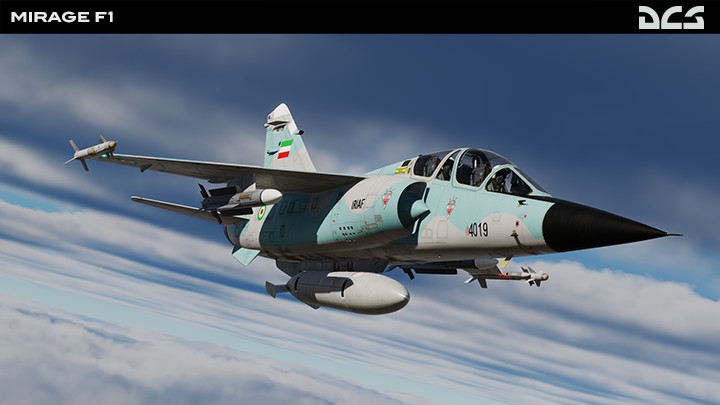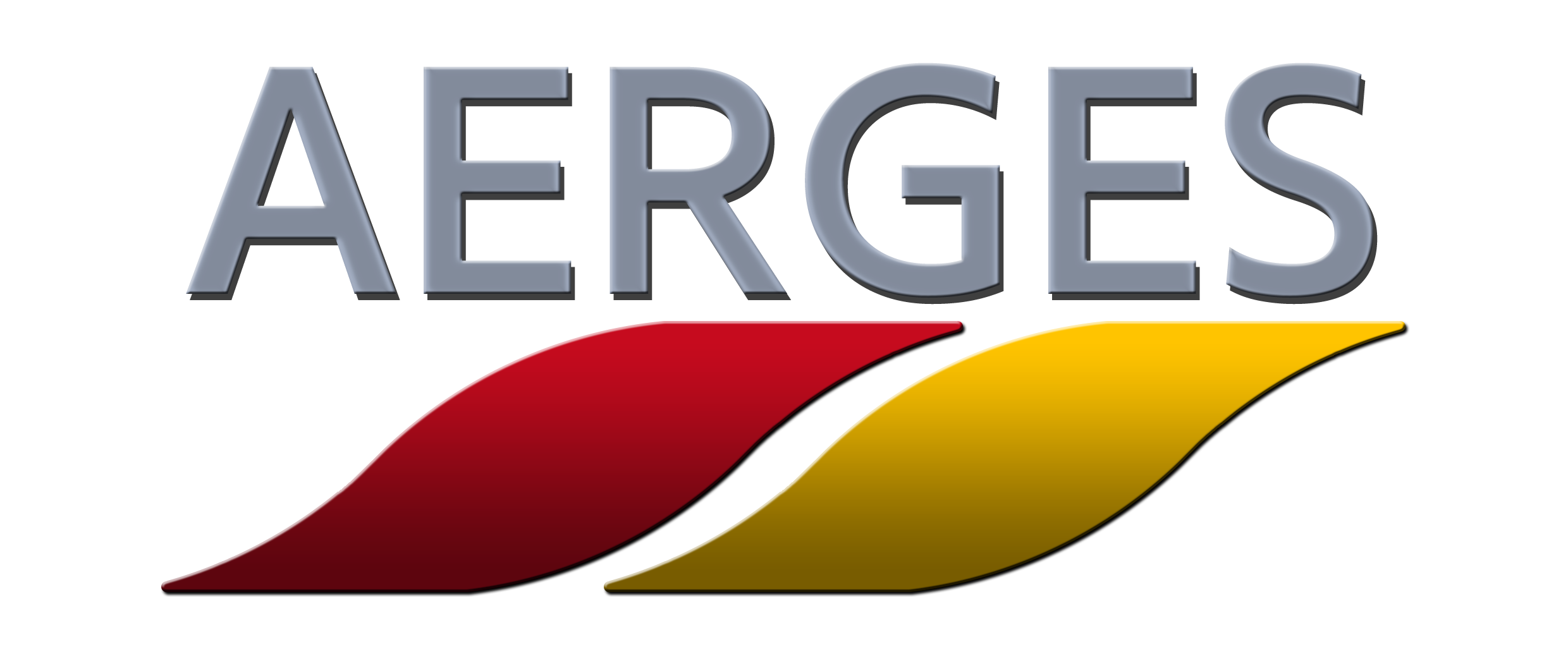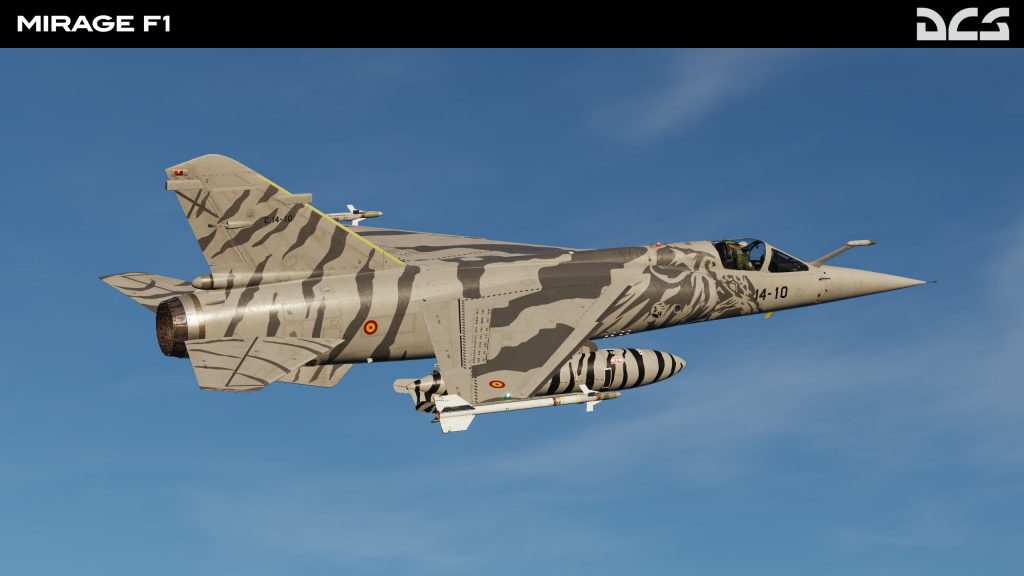Aerges Engineering
Desarrollo de simulación


OVERVIEW
The Mirage F1 is a single engine French fighter and attack aircraft first introduced in the early 1970s. It was envisioned originally as an all-weather interceptor and has seen many variants, roles and configurations. It is still in service today with multiple air forces and private companies.
History
During the 1960s, several fighter design projects were being developed in France: the F1, the larger F2, the swing-wing G and the AFVG (the latter in conjunction with the UK). Cost and political issues led to the cancellation of all of these projects, except of the F1, which was a lighter fighter aircraft designed from the beginning to be the successor of the Mirage III and V families of aircraft.
The Mirage F1 wing and empennage configuration enabled it to improve upon some of the problems that the Mirage III and V suffered due to their delta wing configuration: The high lift devices of the F1 allowed for shorter landing distances and better manoeuvrability and handling at low speeds. The F1 was also able to carry 40% more fuel internally and had a more powerful engine.
The initial prototype first flew on the 23rd of December of 1966, already achieving speeds in excess of Mach 2 in its fourth flight. A fatal accident related to fluttering destroyed this prototype but, after a redesign, the testing of the aircraft continued successfully and the first deliveries of the production aircraft took place in May 1973.
The type has partaken in multiple conflicts serving different countries throughout its extensive service life. With France it has served in Operations Manta, Epervier, Daguet (the Gulf War), Provide Comfort, Harmatan and Serval over Chad, Libya, Mali, Kuwait… As well as in Afghanistan. It partook in the South African Border War with South Africa, in the Paquisha War with Ecuador, in the Libyan civil war, in the Western Sahara War with Morocco and, perhaps most famously, in the Iran-Iraq and Gulf wars with Iraq.
The Mirage F1 has served in the air forces of several countries: France, Iraq, Spain, South Africa, Greece, Jordan, Kuwait, Ecuador and Qatar. It is still in operation in several others: Morocco, Iran, Libya, Gabon and the Republic of the Congo. It also serves in private aggressor training services in the USA.
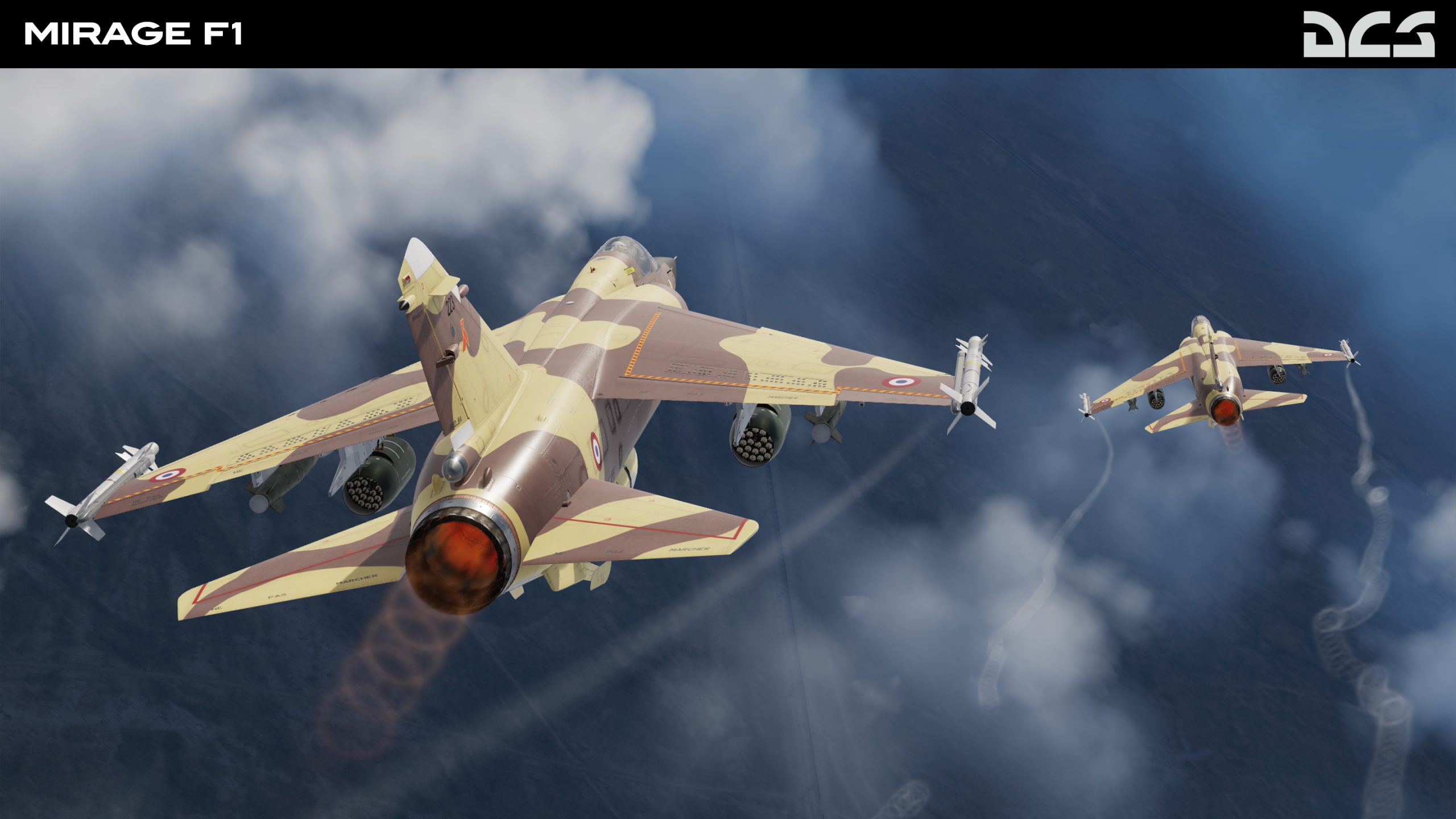
VARIANTS
MIRAGE F1 CE
The original all-weather interceptor variant for the ‘Armée de l’Air’, exported to several countries (Spain, Greece, Morocco…). Born as an interceptor, it can carry both Infra-Red (IR) and Semi-Active Radar Homing air-to-air missiles. The aircaft was considered for a secondary role as ground attack making possible a wide selection of air-to-ground ordnance.
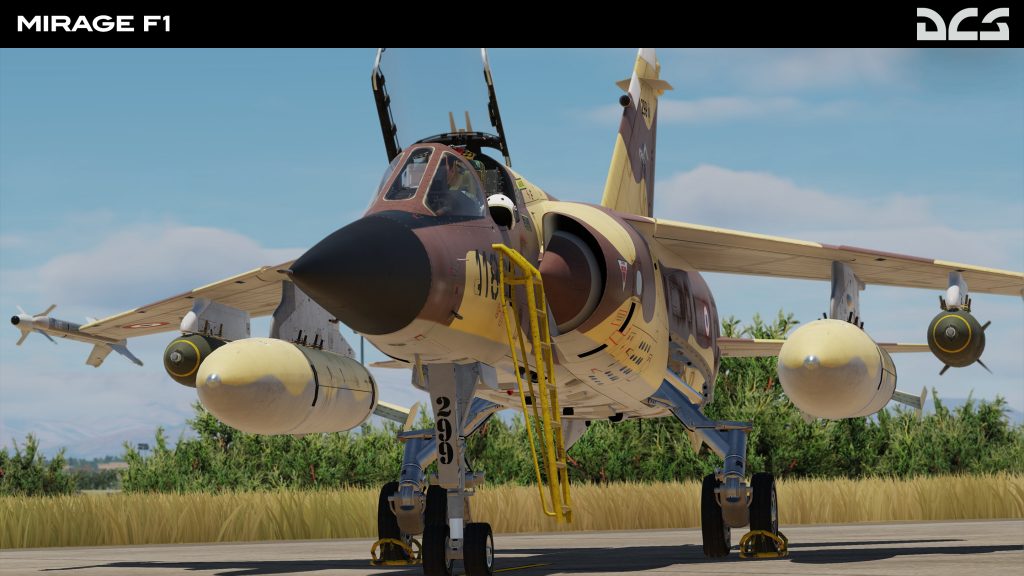
MIRAGE F1 EE
This variant is the air refueling capable version of the aircraft for the Spanish Air Force. This aircraft also brings other much desired capabilities such as an inertial navigation system and the new ALR-300 RWR, which includes a display, threat priority and specific threat warnings (the capability to equip the old RWR is retained).
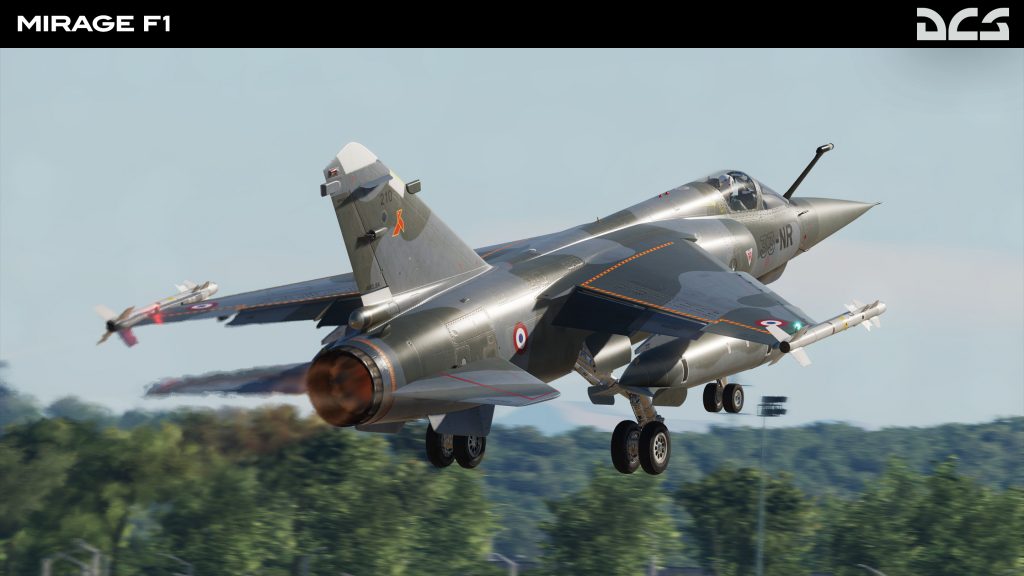
MIRAGE F1 BE
This two seater variant implementation has full multicrew capability and includes a sight repeater, gunpods, priority control for major aircraft systems and avionics, as well as several systems repeater indicators. The aircraft can be concurrently controlled by both pilots in the ‘Combined Flight Controls Mode’ (first introduced in C-101), which you might find useful while teaching you friends how to fly the aircraft.
